You use Balloon flower?
rouge21_gw (CDN Z5b/6a)
11 years ago
Related Stories

COLORFlower Power: Pick Your Palette From Posies
For no-fail color combinations, take your cue from Mother Nature
Full Story
GARDENING GUIDESHouzz Call: What’s Your Favorite Backyard Beauty?
The simple, honest daisy is this writer’s go-to garden flower. We want to hear which plant, flowering or otherwise, gives you special joy
Full Story
GARDENING GUIDESEvocative Plants to Awaken All the Senses
Slip into a garden wonderland that brings more than mere visual delight, by including these grasses, flowers and herbs
Full Story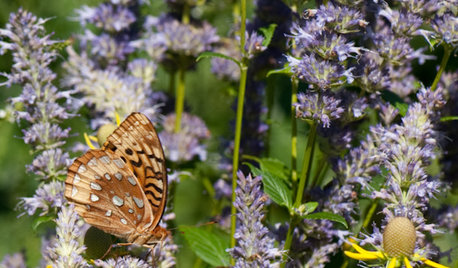
GARDENING GUIDESGreat Design Plant: Anise Hyssop Delights Licorice Lovers
With its distinct scent and flower spikes, drought-tolerant Agastache foeniculum stirs interest among humans and winged creatures alike
Full Story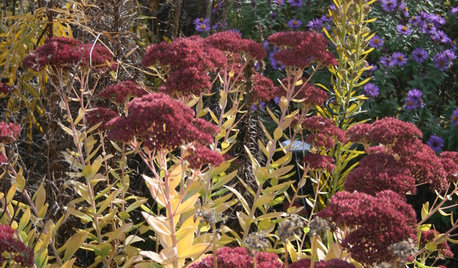
GARDENING GUIDES8 Perennials for Great Fall Color
Trees haven't cornered the market on autumn splendor. Add these flowering perennials for a foliage sight to behold
Full Story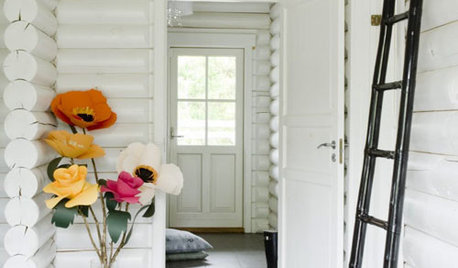
TASTEMAKERSTalent Blooms in Brittany Watson Jepsen's Creations
Her oversize paper flowers kicked off a global wedding trend. We give you a peek at what else this imaginative maker in Denmark is up to
Full Story
GARDENING GUIDESGreat Design Plant: Milkweed
Quit cringing. This not-weed plant is a sight to behold in the garden, has a delicious vanilla scent and is a magnet for butterflies
Full Story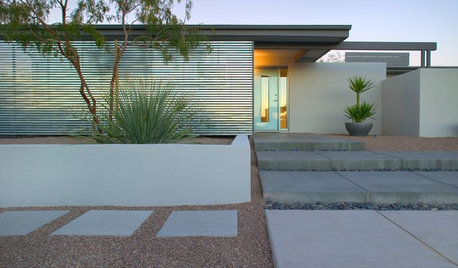
HOUZZ TOURSHouzz Tour: A New Shower Leads to a Whole-House Remodel
Cohesion is the new name of the game for this transformed Arizona home, a dramatic departure from its former awkwardness
Full Story
COLORStreet Smart: Room Color Ideas from an Ice Cream Shop
Brooklyn mural inspires the use of playful watercolor hues around the house
Full Story0
Sponsored
Columbus Area's Luxury Design Build Firm | 17x Best of Houzz Winner!
More Discussions






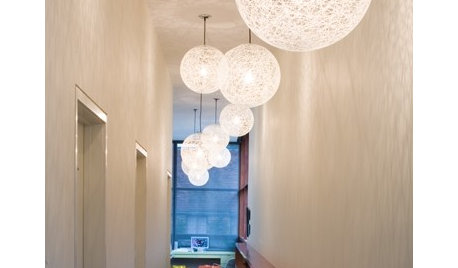


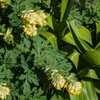
mad_gallica (z5 Eastern NY)
mistascott
Related Professionals
Holly Springs Landscape Architects & Landscape Designers · Forest Acres Landscape Architects & Landscape Designers · Ilchester Landscape Architects & Landscape Designers · Woburn Landscape Contractors · Camp Verde Landscape Contractors · Haverhill Landscape Contractors · Lynchburg Landscape Contractors · New Cassel Landscape Contractors · Paramount Landscape Contractors · San Antonio Landscape Contractors · Vacaville Landscape Contractors · Weymouth Landscape Contractors · Winchester Landscape Contractors · Forest Hill Landscape Contractors · Quartz Hill Landscape Contractorsrouge21_gw (CDN Z5b/6a)Original Author
mistascott
rouge21_gw (CDN Z5b/6a)Original Author
linlily
gardenweed_z6a
mistascott
mistascott